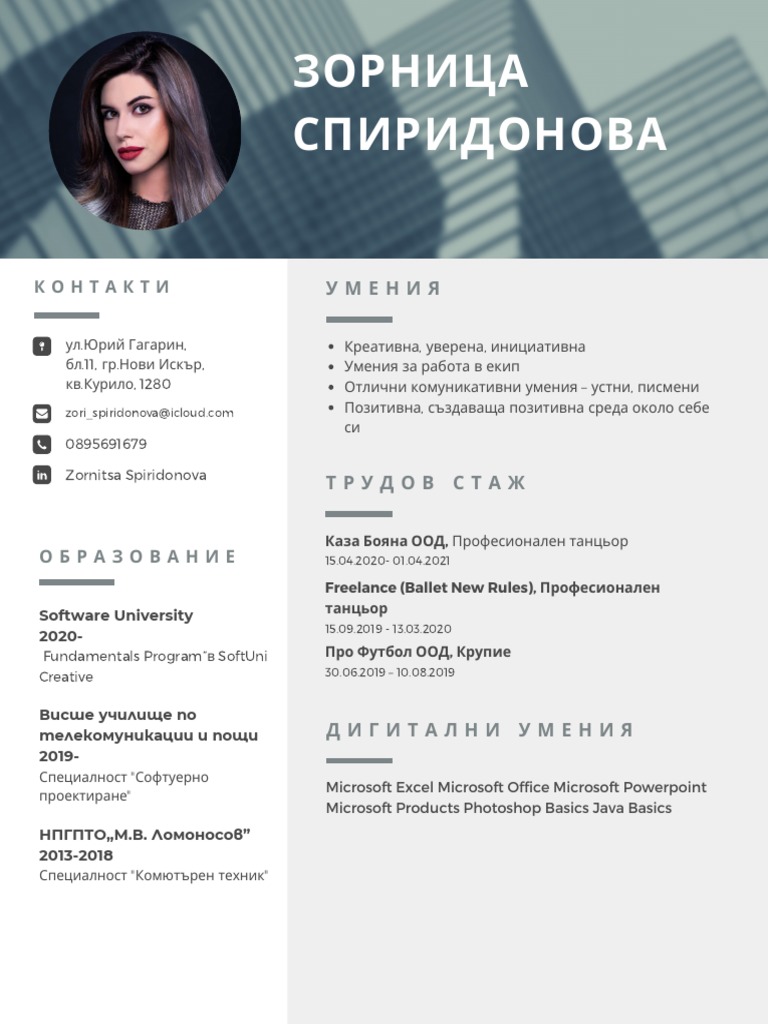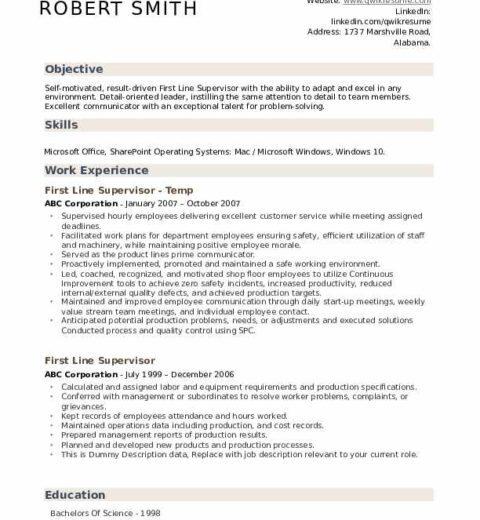Creating a professional resume can be a daunting task, yet it remains a crucial component of any job search. In a competitive job market, a well-crafted resume can significantly influence the trajectory of one’s career. This guide offers a comprehensive overview of how to craft an exceptional resume that resonates with hiring managers and stands out from the crowd.
To begin, it is imperative to understand the fundamental purpose of a resume. Essentially, it serves as a marketing tool for your career. A resume distills your professional experiences, skills, and accomplishments into a succinct format. The objective is to convey to potential employers why you are the ideal candidate for the position. To achieve this, a methodical approach is necessary.
1. Choose the Right Resume Format
The choice of format can significantly affect the presentation of your qualifications. There are three primary formats to consider:
- Chronological: This is the most traditional method. It lists work experience in reverse chronological order, emphasizing a solid employment history. This format is ideal for individuals with consistent career progression.
- Functional: This format focuses on skills and experiences rather than employment history. It is particularly beneficial for those with gaps in their work history or those transitioning between careers.
- Combination: A hybrid of the previous two formats, the combination resume allows candidates to highlight their skills while also providing a chronological overview of their work history.
Each format has its merits. Selecting the most suitable format will depend on individual circumstances and the industry in which one seeks employment.
2. Incorporate Essential Sections
Regardless of the format chosen, certain sections are universally expected in a professional resume:
- Contact Information: Position your name prominently at the top, followed by your phone number, email address, and LinkedIn profile. Ensure that the email address appears professional.
- Objective or Summary Statement: A brief statement can set the tone of the resume. It should encapsulate your career aspirations and highlight your qualifications tailored to the job at hand.
- Work Experience: This section is the heart of the resume. Each entry should include the job title, company name, location, dates employed, and a bulleted list of responsibilities and accomplishments. Use action verbs and quantify achievements when possible.
- Education: List academic credentials with the institution’s name, location, degree obtained, and graduation date. If you possess advanced degrees, you may omit earlier educational experiences.
- Skills: Include both hard and soft skills relevant to the job. Tailor this section to align with the job description, showcasing your qualifications distinctly.
In some cases, additional sections may enhance the resume, such as certifications, volunteer experience, or professional affiliations. Analyze the position requirements and anticipate what additional information could strengthen your candidacy.
3. Tailor Your Resume for Each Application
A generic resume is unlikely to leave a lasting impression. Tailoring your resume for each application is imperative. Scrutinize the job description and incorporate relevant keywords and phrases. This not only aligns your qualifications with the employer’s needs but also enhances the likelihood of passing through Applicant Tracking Systems (ATS).
Highlight experiences and skills most pertinent to the role, effectively presenting yourself as a perfect fit. Subtle adjustments in language or emphasis can significantly impact how hiring managers perceive your resume.
4. Utilize Strong Action Verbs
In crafting your work experience, the use of strong, assertive action verbs can enhance the impact of your descriptions. Words such as “developed,” “implemented,” or “optimized” convey initiative and results. Avoid passive language; instead, showcase not only what you did but also how your contributions benefited past employers.
Additionally, quantifying achievements can provide a clear picture of your capabilities. For example, “Increased sales by 30% within one year by implementing strategic marketing initiatives” is more compelling than simply stating “responsible for marketing.”
5. Design for Readability
The visual presentation of your resume plays a pivotal role in its effectiveness. Use a clean layout with consistent formatting. Employ adequate white space to enhance readability and draw attention to key sections. Choose a professional font, such as Arial or Calibri, and maintain uniformity in size.
Bullet points facilitate skimming, enabling hiring managers to glean important information quickly. Keep the length of your resume concise; ideally, one page for early career professionals and up to two pages for those with extensive experience.
6. Proofread and Edit
Errors in spelling, grammar, or punctuation can detract from the professionalism of your resume. Meticulous proofreading is essential. Consider utilizing tools such as grammar checkers, but do not solely rely on them. A final review by a trusted colleague or friend can provide invaluable feedback and ensure that your resume is polished and free of mistakes.
In conclusion, crafting a professional resume is an intricate process that demands attention to detail, clarity, and strategic thinking. By choosing the right format, incorporating essential sections, tailoring applications, utilizing strong language, ensuring an appealing design, and rigorously proofreading, you can create a compelling resume that significantly enhances your prospects in the job market. With these guidelines, you are well-equipped to present yourself effectively and take a confident step toward your desired career opportunity.




